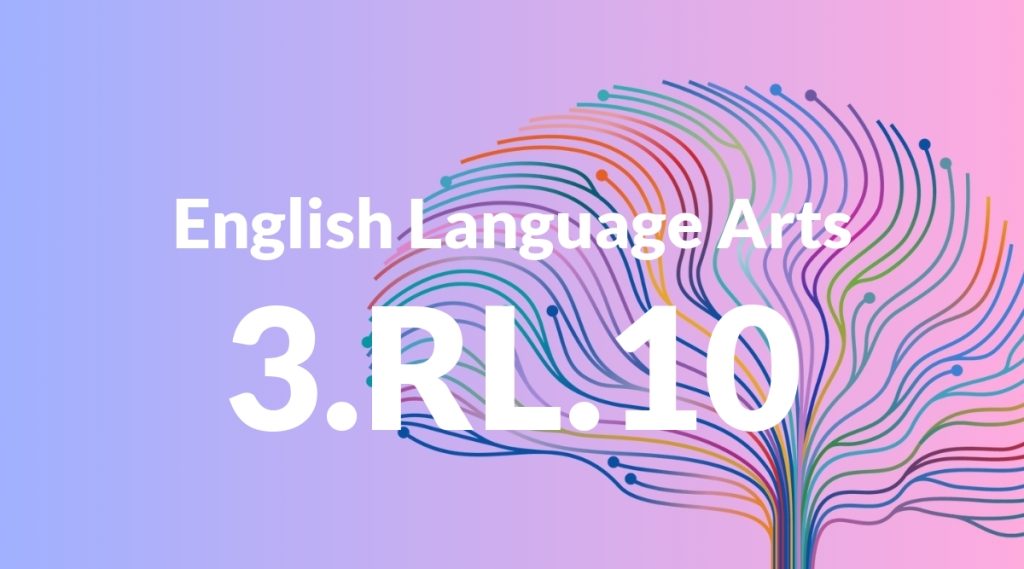Standard: 3.RL.10 – By the end of the year, read and comprehend literature, including stories, dramas, and poetry, at the high end of the grades 2–3 text complexity band independently and proficiently.
Grade level: Grade 3
Subject: English Language Arts
Domain: Reading: Literature
Teacher Overview
This standard emphasizes the importance of reading and comprehending literature independently and proficiently. It is crucial for students to engage with a variety of texts, including stories, dramas, and poetry, to develop a deeper understanding and appreciation of literature. Mastery of this standard sets the foundation for more advanced literary analysis in higher grades. Before tackling this standard, students should be able to decode words, understand simple sentences, and recognize basic story elements such as characters, setting, and plot.
After mastering this standard, students will be able to analyze more complex texts, draw inferences, and compare themes across different works of literature.
Common Misconception 1
A common misconception is that reading quickly is more important than understanding the text. This belief can lead to superficial reading and poor comprehension.
Intervention 1
To address this misconception, encourage students to take their time, ask questions about the text, and engage in discussions to enhance their understanding.
Common Misconception 2
Another misconception is that reading the text once is sufficient for full comprehension. This can result in students missing important details and deeper meanings.
Intervention 2
Teach students the value of re-reading and discussing the text to gain a more thorough understanding and appreciation of the material.
Prerequisite Knowledge
Students should have basic reading skills, including the ability to decode words, understand simple sentences, and recognize story elements such as characters, setting, and plot.
Subsequent Knowledge
Students will develop the ability to analyze more complex texts, draw inferences, and compare themes across different works of literature.
Instructional Activities
- Read and discuss a variety of literature, including stories, dramas, and poetry.
- Have students write summaries or book reports on what they have read.
- Organize group discussions or book clubs to encourage sharing of ideas and perspectives.
- Use graphic organizers to help students identify and analyze story elements.
- Incorporate performance activities, such as acting out scenes from dramas.




